Thor: Ragnarok and Laughing Through ‘The End’
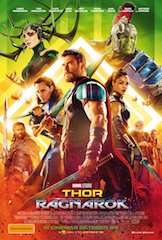 In the transition period between the first third and middle third of Thor: Ragnarok, the God of Thunder is subdued in a chair and forced into a gladiatorial-like arena to battle its champion. Before he enters the arena, his previous garb is shed and he is forced to shear the defining golden locks of Thor’s image and mien. Combine it with the absence of Mjölnir and the movie has made abundantly clear whatever we knew about Thor has been completely overhauled.
In the transition period between the first third and middle third of Thor: Ragnarok, the God of Thunder is subdued in a chair and forced into a gladiatorial-like arena to battle its champion. Before he enters the arena, his previous garb is shed and he is forced to shear the defining golden locks of Thor’s image and mien. Combine it with the absence of Mjölnir and the movie has made abundantly clear whatever we knew about Thor has been completely overhauled.
This was exactly why director Taika Waititi was hired to direct the third Thor movie. The director has admitted he desired to revamp Chris Hemsworth’s Asgardian prince to do something more unfamiliar and a tonal departure from the previous two Thor movies, a sentiment shared by Marvel Studios producers and Hemsworth, as well. The final product of this overhaul was a movie abounding with Waititi’s own comedic sensibilities and a movie less formulaic and fresh than some of its sixteen predecessors.
I mention the amount of previous MCU movies to stress the importance of how superhero movie fatigue had become too loud a criticism for Marvel to ignore. Their 2017 has been responding to the strident grievances of movie-goers and industry pundits, releasing movies with much less thematic urgency and also reintroducing its longest-tenured wisecracking hero. Ragnarok, however, might be the best and brightest case for a way through the gathering fog of superhero saturation.
“Brightest” might be an undersell of how vastly different Ragnarok is to its predecessor, Dark World. Eliminating a dark color palette and replacing it with the vibrant, galactic hues of James Gunn’s Guardians of the Galaxy movies, Ragnarok feels alive as pinks, yellows, and azures liven the atmosphere. Green literally explodes all over the characters at one point as a punctuation mark on an already bracing litany of color found on the planet Sakaar, a trash planet surrounded by wormholes and bloodlust-driven people subject to Jeff Goldblum’s “Goldblum-esque” Grandmaster.
Besides Goldblum seemingly to be playing himself within the MCU, the other significant additions to Ragnarok are symbols of the movie’s own narrative themes and meta-symbols of the movie’s standing in the current cultural climate of superhero movies. Cate Blanchett makes her surprise appearance in a Marvel movie as Loki and Thor’s older sister, Hela. Her all-black appearance and crushingly serious attitude would have fit in many previous superhero films, but her character works perfectly as Jimmy Page’s dissonant G minor chord on Ragnarok’s signature track, “Immigrant Song”. She embodies a Batman v. Superman-like mentality to the superhero genre, where everything is dark, gritty, and severe.
Waititi steps in to provide a counterbalance to this by not only brightening the aforementioned mood of the movie but adding levity and a slapstick quality fitting of his comedic style. This is embodied in the character of Korg, a Kronan gladiator with a similar look to Thing of Fantastic Four notoriety. Korg’s simpleminded, yet sincere observational humor deadpans his way to make me laugh more heartily than I have during a superhero movie in quite awhile. Combine it with Waititi’s humor with Thor, Loki, and others, the movie snaps with funny lines, pratfalls, and the appropriate amount of sophomoric banter.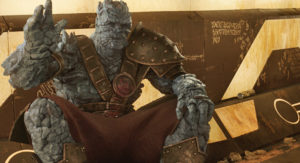
Juxtapose these two elements and they are like a comedic blend of After Hours and This is the End. It’s a frenetic exploration of how to handle mortality, the death of a loved one, and the end of all things with levity and joy. Blanchett’s Hela is literally death comes for everyone as the goddess of death. In a most literal sense, Ragnarok is about Thor coping with the death of his father. Hela/Death is unleashed with Odin’s death and a pall darkens over Asgard as she wields her unstoppable power to subjugate the realm. Thor must battle his way out of the muck and mire of where his father’s death has banished him on Sakaar, and eventually realizes instead of trying to fight against the inevitability of death, he laughs at it and accepts it. Only then does it lead to transformation and the transcendence of living beyond the destruction of one’s home. Thor’s revelation strikes at the heart of anyone who has lost a close loved one, experienced incredible loss, or come to the end of themselves.
Thor: Ragnarok, remarkably, did not feel stagnated by previous baggage attached to the franchise. Waititi completely made-over the whole feel of Thor’s color palette, mood, and dialogue to make something more like a comic book movie. It was fun, crazy, clever, and self-deprecating in a non-fatalistic sense. Waititi walked into the morose, MCU teenager’s room, turned on the lights, livened up its mood, and sent it out all the more excited to make an unending stream of new movies. Let’s hope the joy this movie has found on the other side of it’s more somber forerunners can lead to a new direction not only for the God of Thunder and the people of Asgard but it’s other pals and cohorts among the Avengers.


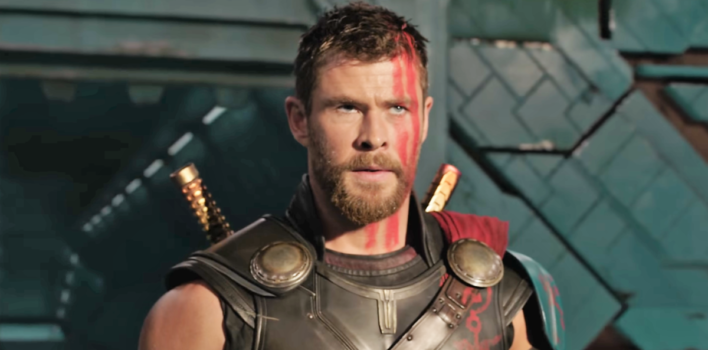
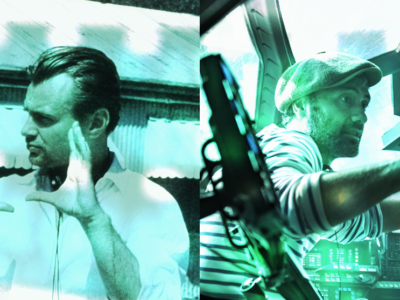
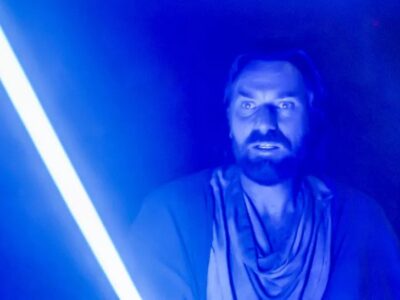
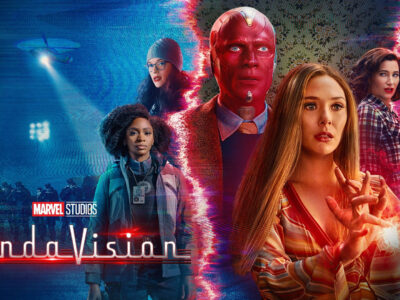


Pingback: #151 – Thor: Ragnarok and Shifting the Tone | Reel World Theology
Pingback: Contributor 2017 Top Ten| The Film Avenger | Reel World Theology
Pingback: Contributor 2017 Top Ten| Hannah Lorence | Reel World Theology
Pingback: Staff 2017 Top Ten| Josh Crabb | Reel World Theology